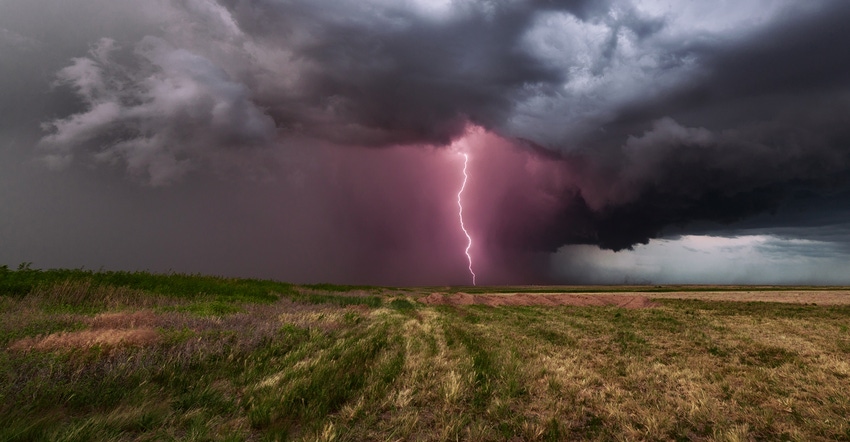May 16, 2018

You may have heard the saying “Lightning never strikes the same place twice.” Is this fact or just folklore?
Lightning is an impressive phenomenon of nature that occurs in thunderstorms and generates the thunder that gives these storms their name. Lightning is nothing more than a discharge of static electricity — much like when you shock yourself on a doorknob or light switch, but on a massive scale.
Lightning occurs when positive and negative ions are created by friction within clouds and charged areas of the clouds form. Lightning is the discharge of electrical energy as nature tries to balance these charges.
Lightning comes in three basic forms: cloud to cloud, cloud to ground and intracloud, or within one cloud. Electricity, like water, follows the path of least resistance. So lightning follows the easiest path through the air to discharge its excess charge, be it to another cloud, somewhere else in the same cloud or to the ground.
What reality says
Since lightning follows the easiest path to the ground in many cases, lightning strikes the same place all the time — sometimes even within the same storm. Skyscrapers and tall or isolated trees are natural targets for lightning, because they’re closer to the clouds and create a shorter path for the lightning bolt.
In cities like Chicago or Indianapolis, most tall buildings are equipped with lightning rods specifically for this purpose to keep them safe from damage from these multiple strikes. Trees, on the other hand, often catch fire or are damaged by lightning strikes.
If a place is struck by lightning once, it’s logically more likely to be struck again, since it’s an easy target and because every lightning strike is an independent event that doesn’t depend on previous strikes, even within the same storm. In effect, the phrase “Lightning never strikes the same place twice” is counterintuitive; the opposite is actually more true.
Eggert is a Purdue University student working with the Indiana State Climate Office. He writes from West Lafayette, Ind.
About the Author(s)
You May Also Like




